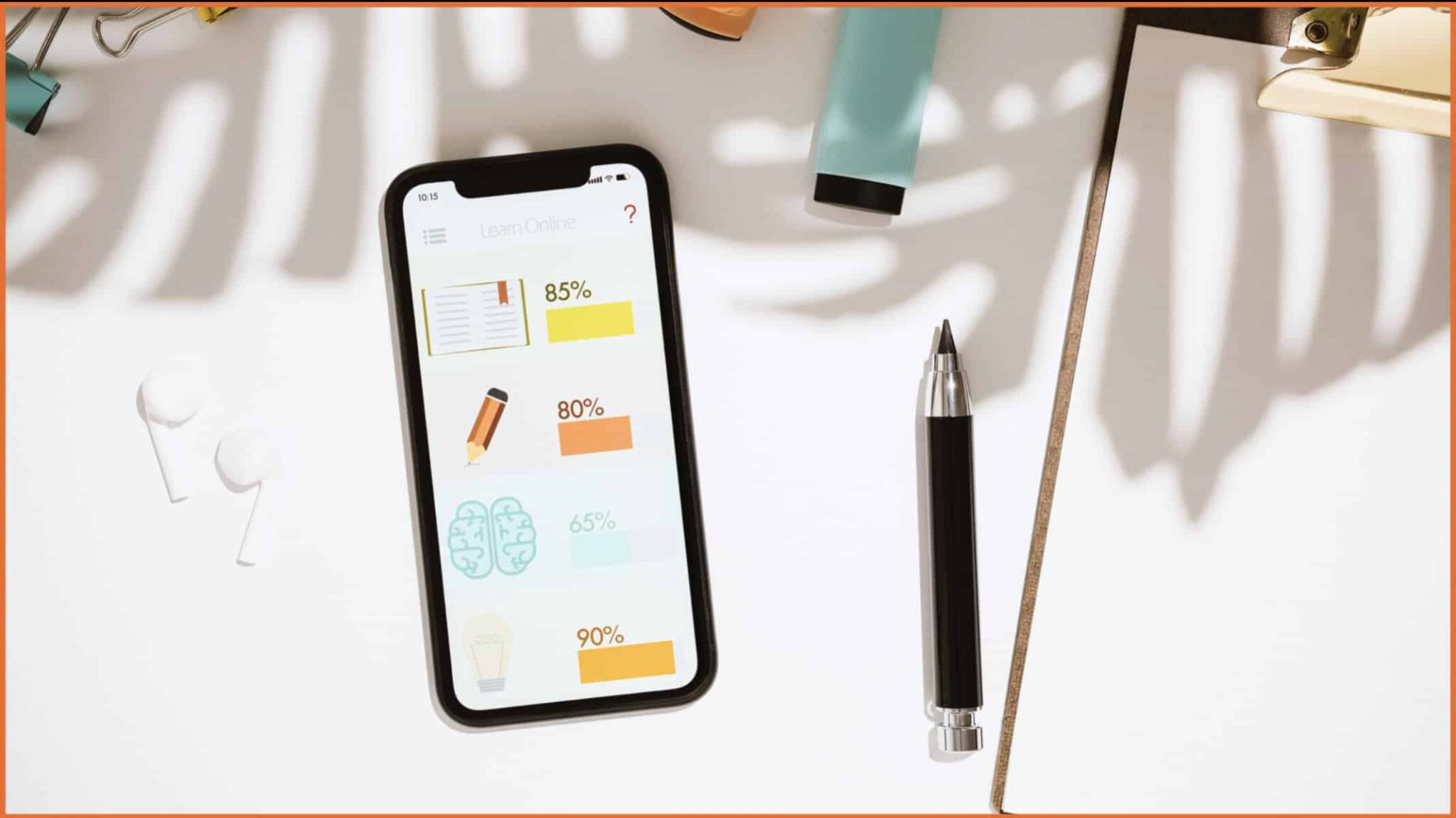Is Microlearning Effective?
Table of Contents
The answer to this question is both yes and no. We need to look at the effectiveness of Microlearning the same way we would look at that of any other training methodology. Microlearning can prove to be very effective when it is designed keeping the science of learning in mind.
To clarify the term effectiveness, we are indicating the ‘transfer of’ learning, such that learner is able to use the information
- To solve problems at the workplace
- Changes his/her behaviors or responses to situations
- Use the learning to make better decisions
As you would have noticed, this is beyond just testing the learner’s knowledge or retention. A study published in the Journal of Applied Psychology showed that transfer of learning from a trainer to a learner is 17% more effective when the content is short and easy-to-understand. Below are 7 proof points from the science of learning which can make Microlearning a very effective strategy for you :
Focus on Adult Learning Principles
Adults do not learn well when the training is an information dump – be it an instructor led training, e-learning or microlearning. The design needs to ensure that it is interactive as well.
Start your design by asking important questions such as :
- What do the learners need to do?
- What decision do they need to make?
- Are they doing it now? If not, why?
- What are the challenges they face while trying to accomplish these goals?
- Can a learning intervention help them achieve these goals?
- Are there other environmental factors that are impacting how they achieve these goals – such as culture, availability of resources, etc.
Leverage Microlearning for Spaced Repetition & Retrieval
This relates directly to the forgetting curve which causes learners to forget, on an average, 90% of what they have learnt within the first month of training. Microlearning content which is designed to help learners remember what they have learnt, in spaced intervals, and apply it in the immediate work context, goes a long way in ensuring effective transfer of learning.
Think of Working Memory & Attention
We are living in a world of constant stimuli. When we are trying to focus on something (including learning something new), we get bombarded with emails, phone calls, text messages or maybe something more urgent from our ‘to – do’ list. There is just so much that the brain can retain. Design microlearning modules, keeping in mind these factors. Time it well, provide minimum info, and provide useful tools that can enable learners to efficiently retain the information shared.
Leverage the ‘70 – 20 – 10’ Principle
Research indicates that learning is effective when the content is broadly structured into the following way :
10% – Education – Workshop, Reading, etc.
20% – Exposure or Social Learning – Peer Learning, Mentorship, Discussions and Debates
70%– Experience – Projects, Application Exercises, Real Life Scenarios Etc.
Design your microlearning content to leverage all three aspects and primarily the 70%.
Encourage Voluntary Participation
One of the biggest advantages of Microlearning is that it is self – paced. Learners reach out to Microlearning content when they need it the most. It could be right before a learner is about to:
- Solve a problem
- Create something
- Demonstrate a product
- Have a conversation
- Approaching something new
- Refresh something
Learners can be encouraged to engage with the content voluntarily by targeting specific learning needs, suitable prompts, sharing instances of how the principles can be used to fulfil the needs and the positive outcomes of using those principles.
Design for Accessibility
Accessibility ensures that learners are able to pick up skills in the flow of work, and hence this is of paramount importance when it comes to the design. The content should be easily accessible to learners on their mobile phones for easy access, which allows it to be accessed at the moment of need. Accessibility in design also relates to the use of text, font, images, multimedia which is universally accessible.
Leverage Gamification
Gamification is the process of adding elements that encourage engagement and collaboration. You can do the following to gamify your content
- Use an engaging storyline, add characters, contexts and challenges
- Add different levels of difficulty that learners can go through
- Use a scoring system and leaderboards which clearly indicates progress
These are just a few basic practices that can help your organisation encourage learning and enable retention of the training imparted. We look forward to your views on the same. Meanwhile, do take some time out to explore our customised list of microlearning solutions.












